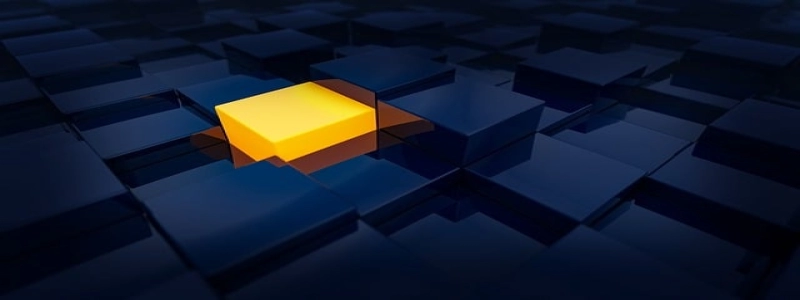Ethernet cables are important for the successful connection of devices in a computer network. There are different types of Ethernet cables available, each with its own unique features and uses. In this article, we will explore the various types of Ethernet cables and their characteristics in detail.
1. Category 5 (Cat5) Cable:
The Cat5 cable was the first standard Ethernet cable widely used in network connections. It consists of four twisted pairs of copper wires and can support data transfer speeds of up to 100 Mbps. Cat5 cables are still commonly used for basic home or small office networks. They have excellent signal integrity and are affordable compared to higher category cables.
2. Category 5e (Cat5e) Cable:
Cat5e cables are an improved version of the Cat5 cables. The \”e\” in Cat5e stands for \”enhanced.\” They offer higher data transfer speeds of up to 1,000 Mbps (1 Gbps) and have better resistance to crosstalk and interference. Cat5e cables are suitable for faster network connections and are widely used in enterprise networks and advanced home networks.
3. Category 6 (Cat6) Cable:
Cat6 cables are designed for high-speed data transmission and offer even faster speeds than Cat5e cables. They can support data transfer rates of up to 10 Gbps over shorter distances. Cat6 cables have stricter specifications for crosstalk and system noise, which result in improved performance and reduced signal degradation.
4. Category 6a (Cat6a) Cable:
Cat6a cables are an enhanced version of Cat6 cables. They provide improved performance and can support data transfer speeds of up to 10 Gbps over longer distances compared to Cat6 cables. Cat6a cables are often used in demanding applications, such as data centers, where high-speed and reliable connections are essential.
5. Category 7 (Cat7) Cable:
Cat7 cables are shielded twisted pair cables, offering even higher performance and better protection against interference. They can support data transfer speeds of up to 10 Gbps and have even stricter specifications for crosstalk and noise reduction. Cat7 cables are ideal for bandwidth-intensive applications, such as streaming 4K videos, online gaming, and large file transfers.
In conclusion, choosing the right type of Ethernet cable is crucial for establishing a reliable and high-speed network connection. The various types of Ethernet cables mentioned in this article, ranging from Cat5 to Cat7, offer different capabilities and performance levels. Consider the requirements of your network and choose the appropriate Ethernet cable to ensure optimal performance and efficiency.








